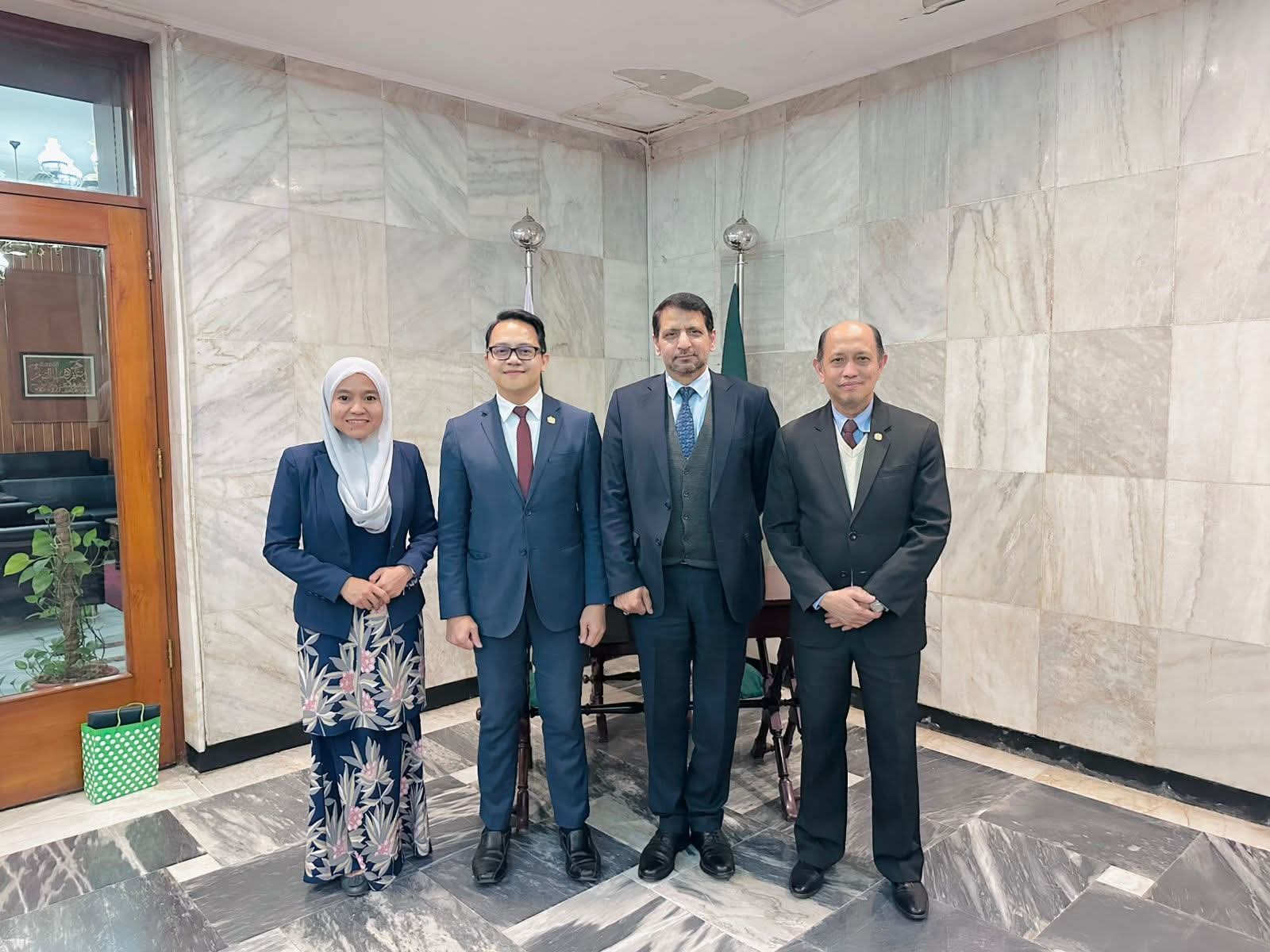Türkiye’s approach to regional development has played a pivotal role in shaping its economic and social landscape. Positioned uniquely at the crossroads of Europe and Asia, Türkiye faces distinct challenges and opportunities in achieving balanced regional growth. The stark contrasts between its western and eastern regions, as well as between urban and rural areas, have necessitated targeted and strategic policies. This article explores the historical background, the progression of regional development policies, and the current initiatives aimed at reducing regional disparities across Turkey.
The Evolution of Regional Development Policies and Current Approaches:
The trajectory of Türkiye’s regional development policies has seen significant transformation since the early Republic era. Initially, the focus was on centralized, state-directed industrialization, guided by five-year development plans in the 1950s and 1960s. These plans laid the groundwork for regional development, although they were not sufficiently tailored to address the specific needs of different regions.The 1980s marked a pivotal shift towards a market-driven economic model, catalyzed by economic liberalization. While this shift spurred rapid growth in the western regions—especially around Istanbul, Izmir, and Ankara—the eastern and southeastern regions lagged behind, leading to increased regional inequalities.
The 1990s and 2000s witnessed the advent of increasingly targeted regional development efforts in response to these widening gaps. Among the most ambitious is the Southeastern Anatolia Project (GAP), which seeks to resuscitate the southeastern region by means of substantial investments in energy, infrastructure, and agriculture. While the GAP has produced significant improvements, regional disparities continue to exist.
Türkiye’s regional development strategies have become more complex in the twenty-first century, combining EU-funded projects with domestic ones. A significant step in decentralizing the design and implementation of development projects and fostering regional creativity, competitiveness, and sustainable growth was the establishment of Regional Development Agencies (RDAs) in 2006. Underdeveloped areas have been explicitly targeted by initiatives like the Eastern Anatolia Project (DAP) and the Eastern Black Sea Project (DOKAP), which prioritize social services, infrastructure, and agricultural output.
Urbanization and the concept of smart cities have also become central to Türkiye’s regional development agenda. Investments in digital infrastructure, energy efficiency, and public transport are aimed at fostering sustainable, livable cities, with the hope that these innovations will eventually benefit smaller cities and towns nationwide.
Challenges, Opportunities, and Future Directions:
Despite the progress made, Türkiye continues to face significant challenges in implementing regional development policies. Disparities between the western and eastern regions remain pronounced, particularly in income, education, health services, and infrastructure. Additionally, the centralized nature of Türkiye’s governance can sometimes impede the effectiveness of regional policies, raising concerns about the capacity and autonomy of local administrations.
Nevertheless, Türkiye’s youthful and dynamic population, strategic geographic location, and ongoing relationship with the European Union present substantial opportunities for regional growth. Areas such as digital transformation, innovation, sustainable development, and social inclusion are poised to drive future progress.
Türkiye’s Vision 2023, which outlines the country’s development goals leading up to its centennial year, underscores the importance of balanced regional development. Key objectives include narrowing regional income gaps, enhancing infrastructure, and advancing environmental sustainability. The emphasis on digital infrastructure, sustainable practices, and social cohesion is essential for ensuring that regional development efforts are both inclusive and sustainable in the long term.
Türkiye’s regional development policies have evolved from centralized, top-down approaches to more decentralized, regionally tailored strategies. While challenges such as regional disparities and socio-economic inequalities persist, there are considerable opportunities for growth and advancement. By prioritizing inclusivity, sustainability, and innovation, Türkiye can continue to close the regional divide and ensure that all regions contribute to and benefit from the nation’s overall development. Moving forward, it is crucial to maintain a commitment to flexible and forward-looking regional policies that adapt to Türkiye’s changing economic, social, and environmental landscape.

Misbah Arshad is Research Fellow at Pakistan Research Center for a Community with Shared Future (PRCCSF), Islamabad.










